Have you ever found yourself wincing at the sound of your dog’s clickety-clack on the floor, only to realize it’s time for a nail trim?
If grinding your dog’s nails sends shivers down your spine, fear not – mastering the art of nail care for your furry friend is easier than you think.
We’ll cover everything from choosing the right grinder to mastering the technique. So, without further delays, let’s embark on a journey to keep those claws in check and paws comfortable.
Why Is It Important to Grind Dog Nails?
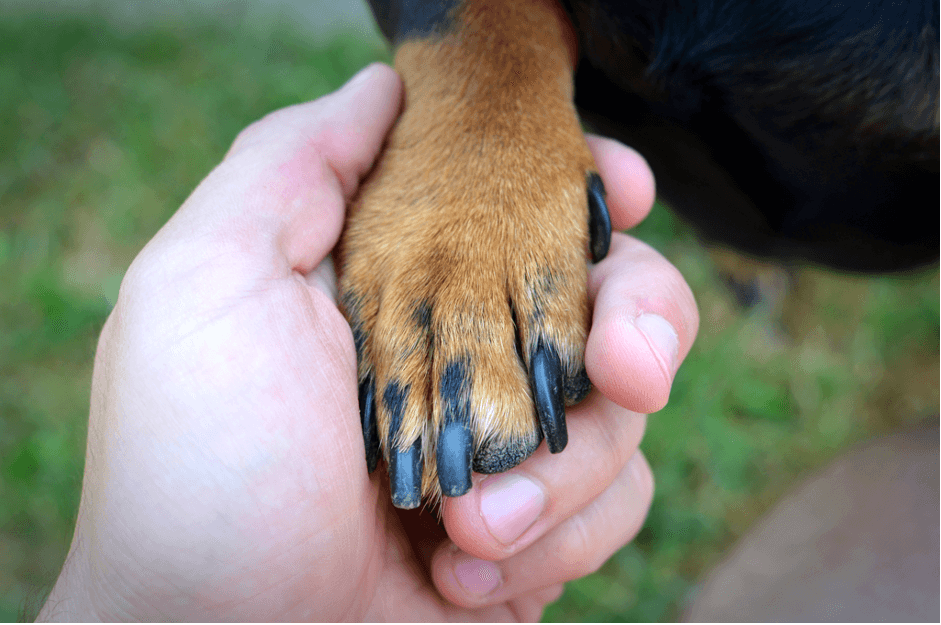
When you grind your dog’s nails, use a safe tool. Make sure also to smooth the tip gently. Hold the grinder near the top for better control. Dogs might be scared when you trim their nails, but grinding can help make it less scary and painful.
Not grooming your dog’s nails can lead to problems like painful breaks or splits. Long nails can make it hard for them to walk and run and might cause them to slip on smooth floors, leading to more injuries.
Unhygienic grime can get stuck under long nails, causing infections and bad smells. Moreover, pressure from long nails can even make their toe joints hurt over time.
Using a dog nail grinder can help keep your dog clean and comfy. It removes dirt and bacteria under their nails and makes them feel better. You need to trim dog nails frequently.
Grinding your dog’s nails is super important for their health. It prevents injuries, keeps them comfy, and ensures they stay clean. If you need help with how to do it, ask a professional. But if you want to do it yourself, we have a simple step-by-step guide on grinding dog nails.
How to Grind Dog Nails?
Let’s talk about how to grind your dog’s nails efficiently to make it simple and stress-free. But before we delve into how to grind your dog’s nails, let’s make sure you have all the supplies needed –
- Dog nail grinder
- Styptic powder or another clotting powder (optional; useful for stopping bleeding if there are accidental nicks)
1) Choose the Right Grinder
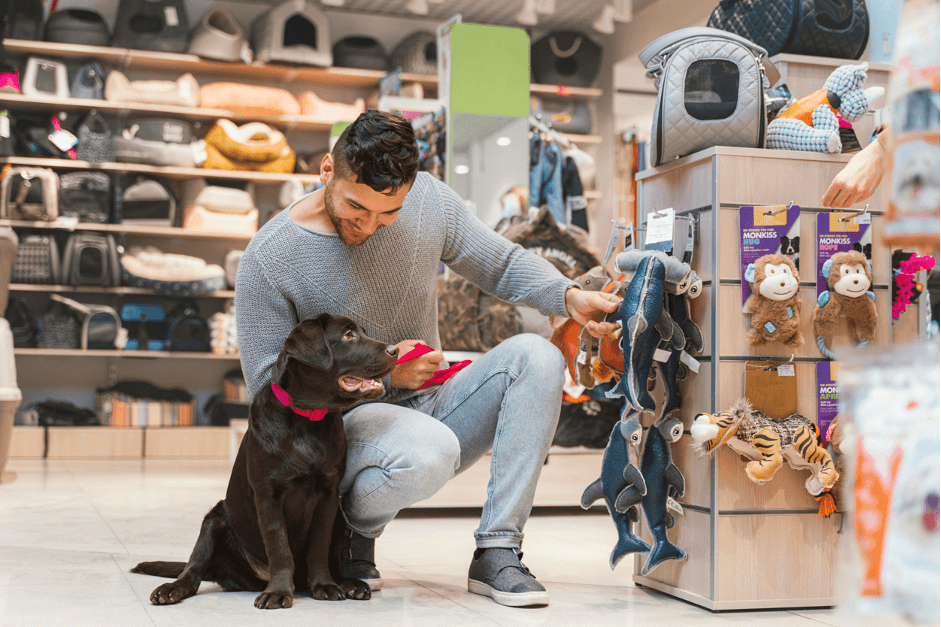
Many types of nail grinders are available for dogs, so it’s important to pick the right one based on your dog’s size and the thickness of their nails.
If you have a smaller dog or a puppy, with light-colored nails, a smaller, less powerful grinder will work well for you. However, larger dogs with thicker nails require a stronger grinder.
If your dog has dark nails that are hard to see through, using a nail grinder can be easier than using a nail trimmer. Some grinders have different attachments for grinding heads to match different nail sizes and shapes.
So, when choosing a grinder, find one that fits your dog’s size and nail characteristics to make the process easier and more comfortable for you and your furry friend.
2) Trim your dog’s paw fur
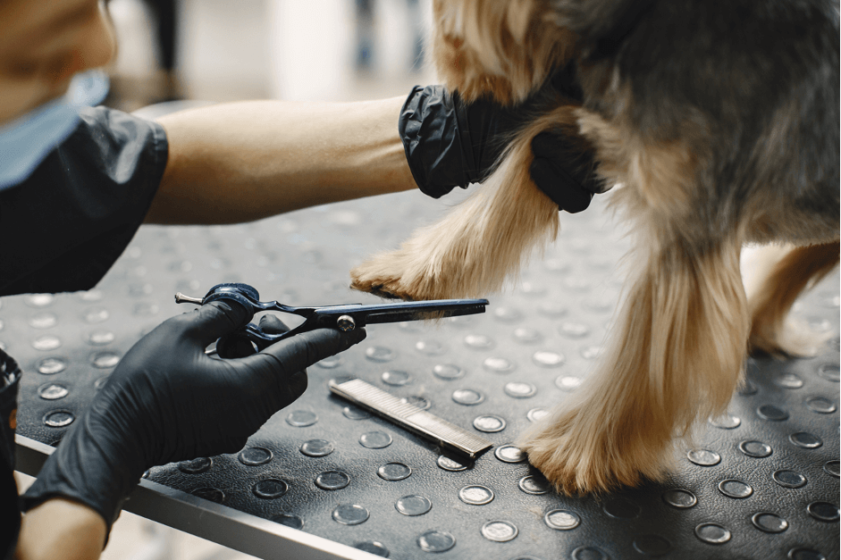
Cutting off any extra fur around your dog’s paws is a good idea. This makes their paws look nice and helps you see their nails better.
To do this, use a dog comb. Trimming the fur around the paws is especially important if you worry about accidentally cutting your dog’s nails too much. So, take your time and include this step to keep your dog’s paws tidy and make nail trimming easier.
3) Get your dog used to the grinder
Before you start using the nail grinder on your dog’s nails, it’s important to help them get used to it. Let your dog sniff and explore the grinder, and turn it on so they can hear its sound. You can also give them treats and praise when they are near the grinder.
This helps your dog positively associate with the grinder, making them more comfortable and less anxious when it’s time to use it on their nails. Taking these steps helps create a positive experience for your furry friend during the nail-grinding process.
4) Hold your dog securely
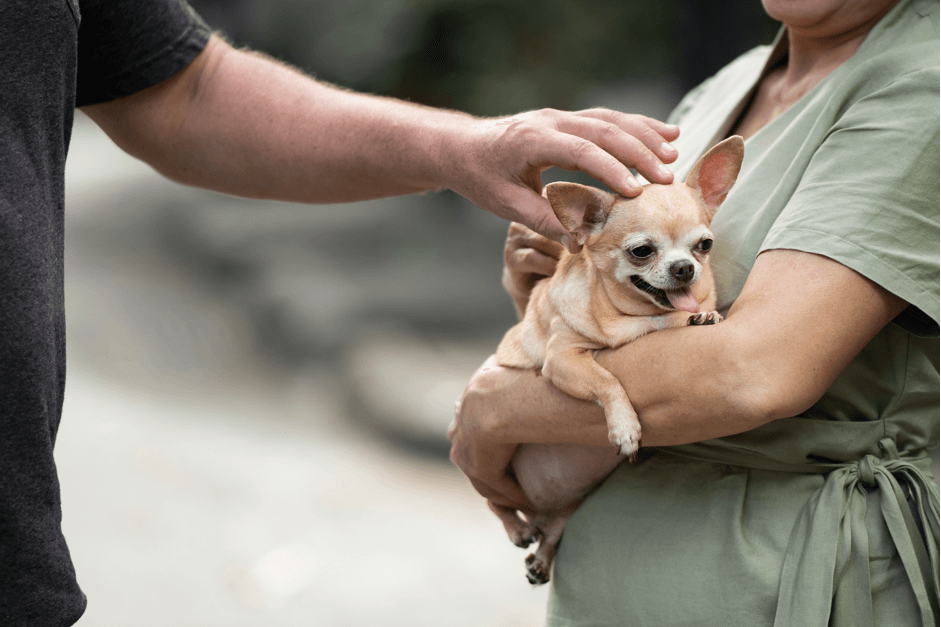
When you’re grinding your dog’s nails, make sure to hold their paw securely. This helps you have control and prevents accidental harm to your dog.
But, simultaneously, be gentle while holding their paw to avoid making them uncomfortable or causing pain. It’s like giving them a secure hug, ensuring they feel safe during nail grinding.
5) Push the nail out
Use your dominant hand to hold your dog’s paw during nail grinding. Place your thumb on top and your fingers underneath, forming a secure grip without squeezing too tightly.
Once you have a steady hold, gently use your thumb to push each nail out from the pad, one at a time. This step makes it easier to see the nail and ensures you won’t grind too close to the quick, the sensitive part containing blood vessels and nerves.
As you grind your dog’s nails, adopt a deliberate and cautious approach. Work slowly and in short bursts to avoid generating excess heat, which could cause discomfort to your dog.
This method lets you maintain control, observe the process closely, and prioritize your dog’s comfort and safety throughout the nail-grinding session.
6) Hold the grinder correctly
When you grind your dog’s nails, hold the grinder at an angle, about 45 degrees to the nail. Start grinding from the bottom of the nail and go towards the tip.
Again, be careful not to grind too close to the pink area of the nail, called the quick, which has blood vessels and nerves. Please keep it simple and slow to ensure your dog feels comfortable during the nail grinding.
7) Do it in small sessions
When grinding your dog’s nails, do it in small sessions, and take frequent breaks to let it rest. This helps your dog relax and makes the process more comfortable for them.
Instead of grinding all the nails simultaneously, do it in short bursts. This way, your dog will stay relaxed and comfortable. Taking breaks lets your dog calm down and feel less anxious about the nail grinding.
It’s like giving them little breaks during the process, making the experience more pleasant for you and your furry friend. This also helps the grinder cool down and not overheat from the excessive grinding of your dog’s nails.
8) Rewards with treats
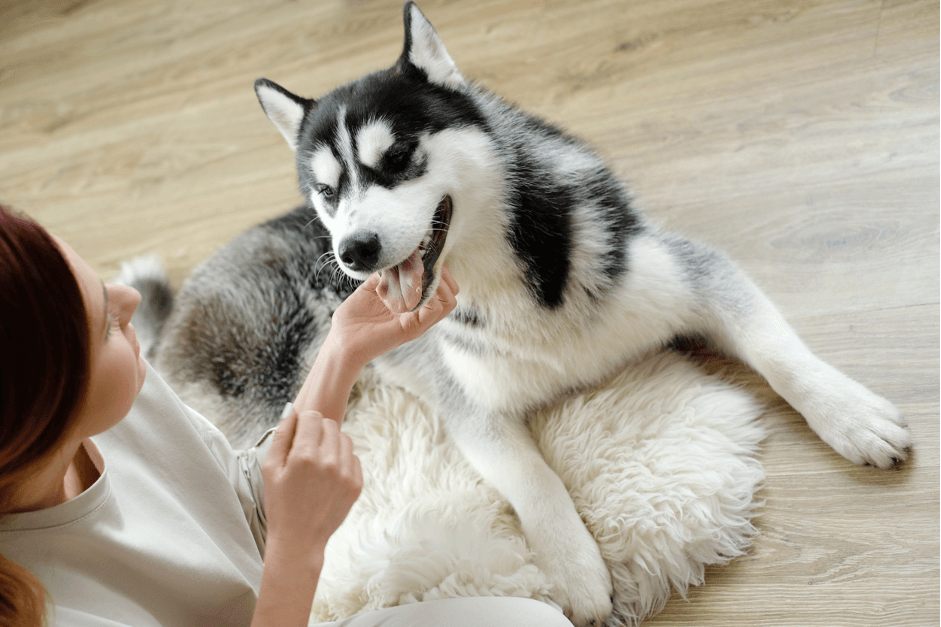
Ultimately, showing your dog some love and appreciation for behaving well during the nail-grinding process is important. Whenever they do a good job, reward them with tasty treats and shower them with praise. Taking breaks to engage in playtime and cuddles adds a positive and enjoyable element to the experience.
This positive reinforcement helps connect the nail-grinding sessions and positive feelings for your dog. It solidifies your bond with your furry friend, making future nail care sessions more likely to be met with cooperation and less stress.
It’s a simple way for pet parents to turn a potentially stressful activity into a positive and rewarding time for you and your dog.
Grinding or Trimming
Pet owners have different preferences for trimming their dogs’ nails according to their personalities and preferences. When it comes to choosing between dog nail grinders and dog nail clippers, each tool has its advantages and disadvantages:
Dog nail clippers are generally quicker since they involve a simple snip to remove the nail. However, this method often leaves the edges rough, requiring the use of a nail grinder for a smooth finish.
In contrast, dog nail grinders gradually trim the nails off, providing a smooth finish while maintaining consistent speed and control.
This method is especially useful for preventing injuries to the quick, a common concern when using clippers, particularly on dogs with black nails. However, it is important to know that grinders can cause friction, which can end up hurting your dog.
Clippers can be painful, requiring significant pressure for cutting, whereas grinders offer better control, making them suitable for all dogs, including those with dark or thick nails.
While clippers may cause bleeding if the quick is accidentally cut, grinders allow for a more precise trimming process, minimizing the risk of injury.
Generally being silent, clippers are less intimidating to dogs, while some dogs may find the noise and vibration of grinders unsettling.
Dog nail clippers operate without power, while dog nail grinders rely on batteries and power. They require a power source despite being cordless and rechargeable, offering flexibility in usage.
How Often Should I Grind My Dog’s Nails?
How often you should grind your dog’s nails depends on their breed, activity level, and how fast their nails grow. In general, it’s recommended to grind your dog’s nails every 2-4 weeks.
If you notice a clicking sound when your dog walks on hard surfaces, it’s a sign that their nails might be too long and need grinding. Similarly, if your dog’s nails are curling under their paws or they face difficulty walking or running, it indicates the need for nail trimming or grinding.
Regularly observe your dog’s nails and be attentive to any changes or signs suggesting they require attention. If you need more clarification about the ideal frequency or have concerns about your dog’s nail health, seek guidance from your veterinarian or a professional dog groomer.
Related: Why Poodles Are The Worst
Final Words
To sum up, learning how to grind your dog’s nails is important for keeping them comfy and healthy. This guide helps make the process easier for you and your furry friend. Pick the right grinder, be gentle, and take breaks to ensure your dog stays happy.
Doing this regularly doesn’t just prevent injuries but also keeps your dog clean and comfy. Remember the tips about the right angle and holding the paw securely. Reward your dog with treats and playtime for being good during nail grinding.
You can turn nail grinding into a positive bonding time with your dog with patience and care. So, keep it positive, and enjoy the process.
Read Also: Pet-Friendly Hotels in Denver
FAQs
How long should each grinding session be?
Work in short bursts to avoid overheating the nail. A normal nail-grinding session should be about 45 minutes a longer session can frustrate your dog, so avoid that. Take breaks to ensure your dog remains comfortable and relaxed.
What if my dog is too anxious during nail grinding?
If you’re having difficulty, consider seeking advice from a professional dog groomer or veterinarian. They can guide you in making the process less stressful for your pet.
How can I help my dog get used to the nail grinder?
Allow your dog to sniff and examine the grinder, turn it on for them to hear, and use treats and positive reinforcement to create a positive association.
